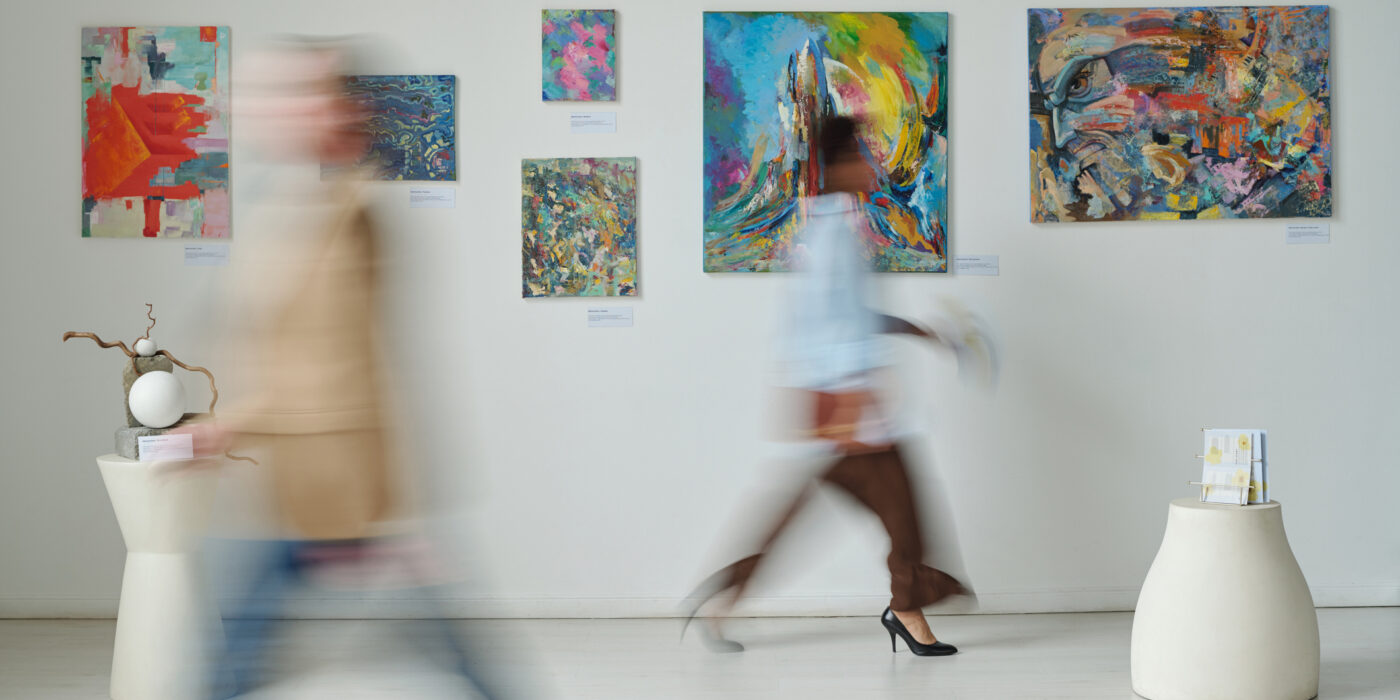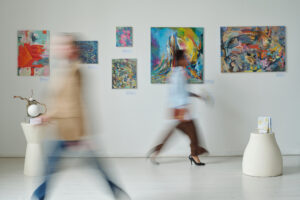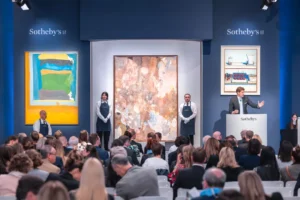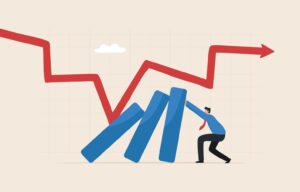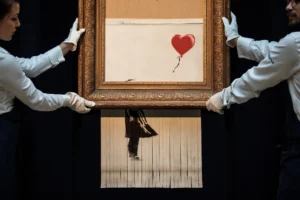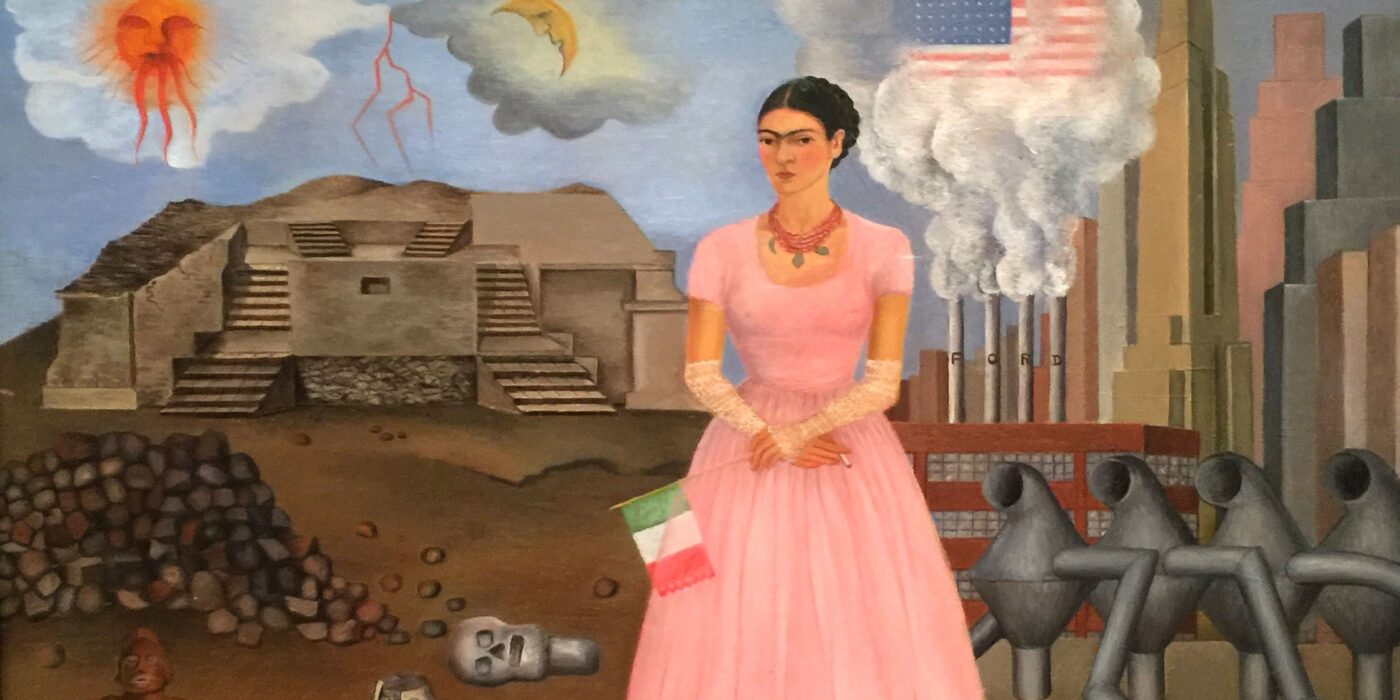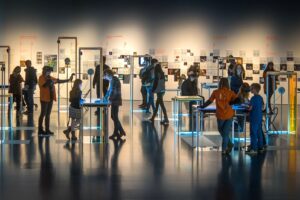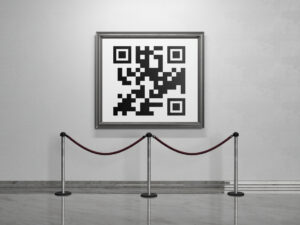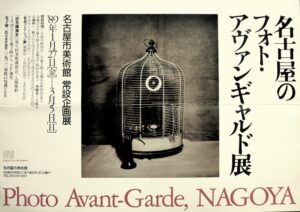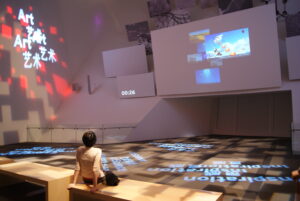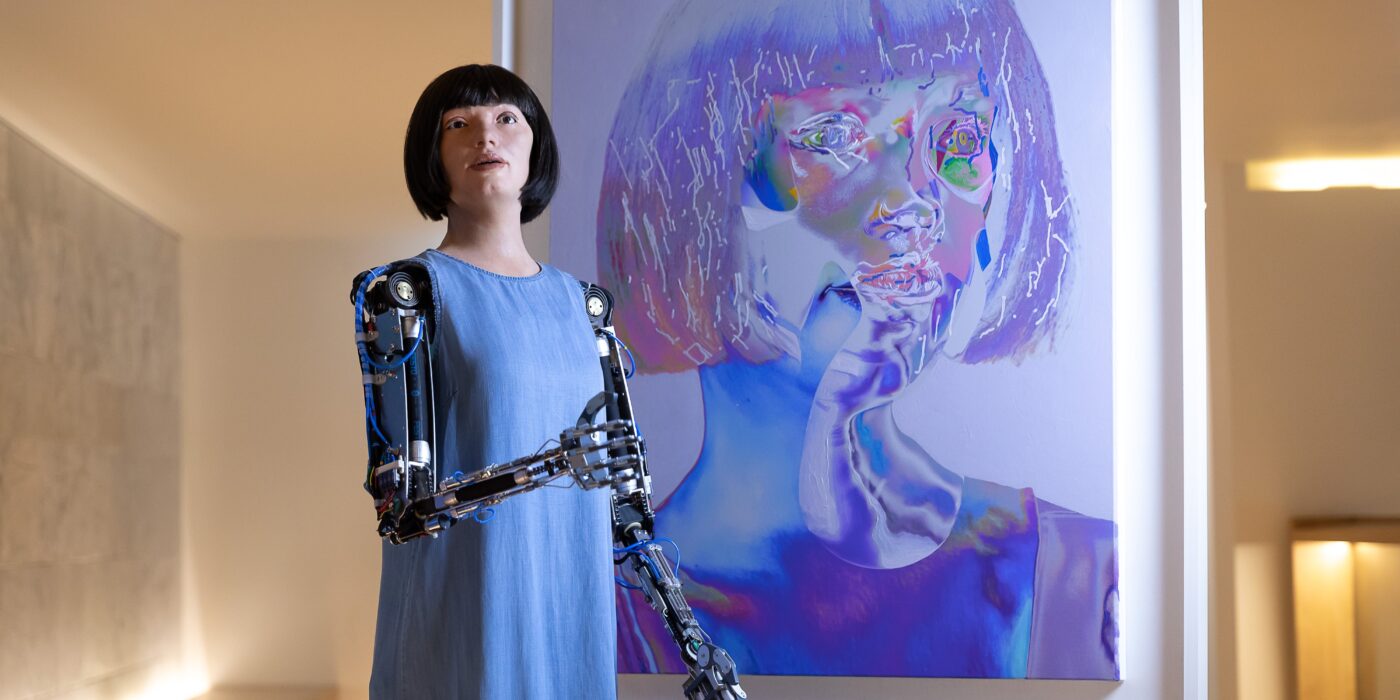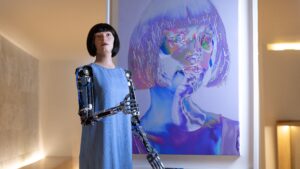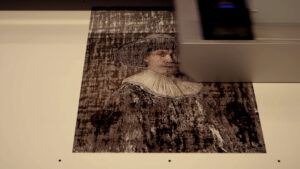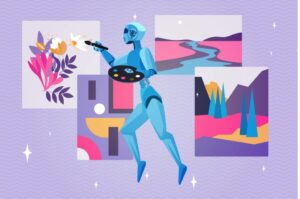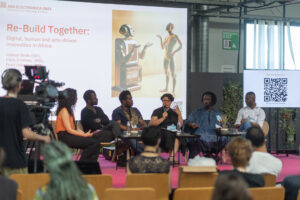Art as an Alternative Investment
Understanding Art as an Investment
Exploring different investment paths, using art as a unique investment stands out. It’s not just about the visual appeal. Art adds a special value to financial plans. Looking deeper into the art market, its history shows surprising financial success. Some artworks have even done better than stocks and real estate over time.
Choosing the right art piece is key. It should help protect your investments against market changes and inflation. I share these insights to show how art fits in a smart investment strategy.
Key Takeaways
- Art can serve as a strategic option to diversify a portfolio and mitigate risk.
- Historical data suggests art investments may outperform other asset classes under certain conditions.
- Understanding the interplay between art and traditional assets is vital for a diversified investment approach.
- Art as an alternative investment provides a hedge against market volatility and inflation.
- Insights into art market performance are essential for crafting an informed investment strategy.
Why Consider Fine Art Investing
Investing in fine art can blend beauty with financial gains. Adding valuable artworks to your investments can provide stable growth. This is especially true in times when the market is uncertain.
Understanding the Value of Art in Your Portfolio
Fine art is more than just beautiful things. It’s a smart way to grow your money over time. Unlike stocks or bonds, art’s value can grow with demand and as it becomes rarer.
Art’s special because it can keep or increase its value. This helps make your investments safer. Even when stock markets go down, the value of fine art may not fall.
Comparing Art with Traditional Investments
Unlike stocks, fine art doesn’t always lose value when the stock market does. This can help protect your money. Owning art can give you more peace during uncertain times. It’s because you have something real, not just paper assets.
In the long run, fine art can increase in value. It also makes your portfolio more stable. Starting in fine art investing can be interesting and rewarding. It connects you with things that are not only beautiful but also valuable in history and financially.
Navigating the Art Market Trends
Exploring the changes in the art world’s dynamics is key today. It’s vital to see how worldwide economic shifts and culture changes affect the art market. These global events show us how complex and ever-changing this sector truly is.
Analyzing Recent Developments in the Art Scene
Lately, the art market has transformed significantly, thanks to digital art and online sales. We’ve seen the growth of virtual galleries and experiences using augmented reality. This has made art more accessible, letting people worldwide interact and invest in it.
The COVID-19 outbreak even pushed this digital change further, highlighting the art market’s adaptability. It showed just how resilient the market can be.
Impact of Global Economics on Art Values
World economics have a major effect on art, changing how we see the value of pieces and how investors act. During economic downturns, there’s often a focus on investing in tangible assets like art. It’s seen as a safer option than the stock market’s volatility.
Additionally, shifts in currency values and trade policies impact international art’s pricing and accessibility. This affects auctions and private sales alike.
| Global Event | Impact on Art Market | Example |
|---|---|---|
| Pandemic Outbreak (COVID-19) | Increased online art sales and virtual engagements | Digital art platforms see a surge in user interaction |
| Economic Sanctions/Trade Agreements | Affects international art pricing and availability | Changes in tariffs impact import/export of artworks |
| Currency Fluctuations | Alters the cost-effectiveness of investing in foreign art markets | Stronger dollar makes European art more affordable to U.S. collectors |
Art Auction Insights: A Deeper Look
Exploring art auctions can be thrilling for those keen on art investment strategies. It lets you understand the dynamics at play in high-stakes settings. This knowledge can help you make choices that boost your art portfolio’s value. We’ll look at the key factors behind successful art auctions and how to use them for better investment skills.
After going to many top auctions, I’ve seen how patterns and strategies influence buying and selling. Art auction insights go beyond the final price. They focus on the psychological and market forces that shape auction results. I’ve noticed important aspects like:
- The historical significance of the artwork
- The rarity and condition of the piece
- Current market demand for similar styles or artists
- The reputation of the auction house
Understanding these elements is key to smart art investment strategies. It helps investors forecast market trends and make wise decisions. Watching auction trends also shows which art types are gaining interest and which are losing value. This aligns with broader economic trends.
| Artwork Type | Recent Price Trends | Future Investment Potential |
|---|---|---|
| Impressionist Paintings | Rising | High |
| Contemporary Sculptures | Stable | Moderate |
| Vintage Photographs | Declining | Low |
Looking at art auction insights shows how sales and auctions mirror market changes. By closely following auctions and understanding why artworks fetch certain prices, I improve my investment strategy. This makes it more in tune with current and past trends. This focused approach is vital for anyone aiming for success in art investment.
10 New Artist Auction Records Set in May 2023 | Artsy
Building an Art Asset Portfolio
Art can be a smart part of your investment plan. It goes way beyond just looking pretty. By managing your collection well, you can balance your portfolio and make your wealth grow. It’s about picking the right pieces and staying up-to-date with what’s popular.
Diversifying through art means mixing up styles, times, and artists. This mix helps you deal with market ups and downs. Also, keeping an eye on what’s trending helps make your art investments more valuable.
| Strategy | Description | Benefits |
|---|---|---|
| Market Analysis | Assessing global art market trends to inform acquisition choices. | Aligns purchases with potential growth areas, enhancing portfolio value. |
| Style Diversification | Incorporating multiple art styles and periods. | Reduces risk by not over-exposing to a single market segment. |
| Artist Diversity | Investing in both established and emerging artists from various regions. | Offers a balance between high-value blue-chip art and high-growth potential pieces. |
Choosing the right artwork matches my investment goals. It’s about more than liking what you buy. Using a smart strategy helps make your collection strong and valuable. Managing art this way offers joy and growth for my portfolio.
Art as an Alternative Investment
Thinking about how art fits into investment portfolios, I’ve seen it brings a mix of risks and rewards that differ from common financial choices. Understanding the art market and its risks well can turn your investment into a success story.
In the world of art investment risks, remember that while the returns can be high, the market is unlike stocks or real estate. You can’t quickly buy or sell a piece of art like you can with stocks. Selling art requires the right time and market conditions. This waiting period is an important part of investing in art.
Investing in art should not just be seen as an opportunity, but as a journey that requires deep understanding of both the tangible and intangible variables that influence the art world.
Understanding the art market is key to smart choices. Knowledge about art trends, new artists, and what collectors are into can greatly affect your investment’s success. This info is essential for both predicting returns and finding the cultural value in art, which is crucial for art as a different kind of investment.
| Investment Type | Volatility | Liquidity | Cultural Value |
|---|---|---|---|
| Stocks | High | High | Low |
| Real Estate | Medium | Medium | Medium |
| Art | Low to Medium | Low | High |
My support for art as an investment choice comes from its special role: adding beauty to a portfolio while also being financially stable. With solid art market insights and an awareness of art investment risks, it can bring great benefits. All it takes is a patient and enthusiastic approach.
Formulating Art Investment Strategies
Creating good art investment plans is key for dealing with the art market’s twists. We’ll show how spreading your art investments can boost your money game. Plus, we’ll explain why making deals at the right moment is a big deal.
Diversifying Investments with Art Pieces
It’s important to mix art into your money plans wisely. Spreading your money across different art types helps hold up against market changes. Mixing it up by era, style, and artist reduces the chance of a big hit if one piece doesn’t do well.
Timing the Market in Art Acquisition
Knowing when to jump into the art game can really help. It’s about buying and selling at the perfect times. Watching trends and old sale records helps snag a great deal, especially when new artists are starting to get noticed or big changes in the market are around the corner.
| Strategy | Description | Benefits |
|---|---|---|
| Broad Diversification | Spread investments across various styles, periods, and artists. | Reduces risk and potentially smoothens return rates over time. |
| Strategic Timing | Buying or selling based on market trends and historical data. | Maximize returns by entering or exiting the market at opportune times. |
Managing Your Art Collection
Being an art collector means taking care of your art collection management. This is crucial for keeping the value of your artworks high. It’s all about keeping detailed records and making sure the history of each piece is true. We’ll look at the key ways to manage these important tasks.
Documenting and Caring for Your Investments
Keeping good records of your art’s story is key. This helps in tracking the art and makes its story more engaging. Each artwork should come with a detailed file. This includes when and where it was bought, the cost, the artist’s background, and where it was shown. Such a record safeguards your investment. It also creates a rich backstory for future valuations or sales.
The Role of Provenance in Art Collection
The provenance of a piece is very important. It’s a history of who has owned it, how it was kept, and where it’s been. A strong provenance increases an artwork’s value and tells its unique story. I make sure each artwork’s provenance is clear and unbroken. This protects its authenticity and adds to its investment worth.
| Documenting Category | Details Included | Benefits |
|---|---|---|
| Acquisition | Artist, Title, Date, Purchase Location, Price | Tracks investment and aids in authenticity verification |
| History | Previous owners, Exhibition history, Published in | Enhances narrative, confirms legality, potentially increases value |
| Physical Condition | Conservation reports, Restoration records, Condition checks | Preserves the physical integrity and appeal of the art |
| Valuation | Appraisals, Insurance evaluations | Ensures art is appropriately insured and prepares for future sale |
I apply these methods to help my art collection not just last, but grow. This way, my treasures bring both beauty and value. Paying close attention to art collection management and provenance turns artworks into meaningful legacies.
Understanding Art Investment Risks
Investing in art has its challenges and risks. It’s vital to understand these risks deeply. This prepares you to manage your art collection well.
Assessing Market Volatility and Liquidity Concerns
The art market can be unpredictable. To understand its changes, look at price trends, the economy, and world events. Knowing these can help predict how stable the market is.
Selling art quickly without losing value is difficult. It’s important to know how long it might take to find a buyer for high-value pieces. This is part of managing risk in the art market.
Insurance and Protection of Art Investments
Protecting your art physically is key. Make sure it’s insured against many types of damage. This safeguards your investment against unexpected events.
Knowing and getting ready for art investment risks is smart. It helps you understand the art market better. This way, you can enjoy and protect the value of your art.
Investing in Blue-Chip Artworks
Thinking about investing in blue-chip artworks? Many see it as both a pinnacle of beauty and smart money sense. These works, from well-known artists, are more than decorations. They are key parts of a long-term investment strategy. These artworks are like top-notch bonds in the art world, offering safety and a chance to grow when the economy shifts.
Why are blue-chip artworks important for your investments? Their value tends to stay high or even go up over time. Even in tough economic times, famous artworks are sought after. This helps protect your investment during market ups and downs. Plus, adding these works to your collection connects you with a rich history and culture. This can also boost the value of your collection.
- Stable Value: Blue-chip artworks historically retain or appreciate their value over time.
- Prestige: Owning renowned artworks elevates the cultural stature of one’s collection.
- Growth Potential: Select artworks have shown to yield high returns, thereby enriching a long-term investment strategy.
For me, investing in blue-chip artworks has mixed joy with good returns. They enrich my collection and my finances. If you’re interested in deepening your portfolio and love for art, consider these top-tier artworks. It’s about linking your love for art with a smart investment plan. Together, they create a rewarding path for your money.
Art Industry News: A Wave of Blue-Chip
Emerging Art Markets: Opportunities and Challenges
Focusing on new art markets lets investors explore fresh ideas full of promise. These developing areas offer chances for both old hands and newcomers to make profitable investments. But, there are unique hurdles that need a careful, smart approach to overcome.
Spotlight on New Artists and Regions
Newcomers in the art world are changing how we see things. They offer new stories and ways to create that catch the eyes of those adding art to their collections. It’s vital to know which areas are up and coming if you’re eyeing art for its potential growth.
Evaluating Potential in Emerging Art Markets
Assessing the potential in these new markets involves looking at a few things. Things like how stable the government is, if the economy is growing, and the changes happening culturally are key indicators. As these markets grow, they might offer big rewards to the savvy investors.
Understanding the trends and what people want both locally and globally is crucial. It means doing the homework and talking to experts. Insights from detailed research and expert advice can help predict where these markets are headed.
Conclusion
Exploring the art world shows us that fine art investing is more than just showing off culture. It’s a smart way to grow your art asset portfolio. This journey teaches us deep lessons. We learn to see beyond the surface of art pieces.
We discover the value in famous artists’ works. And we also find excitement in up-and-coming talents. This mix of careful thinking and deep passion is the key to success in this area.
Buying art is not just about owning beautiful things. It takes you through history and culture. It also helps protect an investor’s money during tough times. But, it’s not without risks. You need to be careful of market changes, and only buy pieces with clear backgrounds.
Whether you’re a seasoned collector or new to the art world, using the right knowledge is crucial. This info can help you make wise moves in the art market. It’s about adding value and joy to your investment journey. And it calls for your creativity and courage, not just your money.
FAQ
What makes art a viable alternative investment?
Investing in art can help diversify your portfolio, reducing risks. It can protect against market swings and inflation. Fine art can offer both beauty and value over time, often doing better than stocks and bonds.
How does fine art compare to traditional investments?
Unlike stocks and bonds, fine art’s value doesn’t always move with the market. It brings its own worth and has the chance to grow significantly over the years. This makes it a solid choice even when the economy isn’t doing well.
What recent developments in the art market should investors be aware of?
Digital art sales are on the rise, affecting how art is valued. Changes in currency can also sway these values. And, shifts in what collectors want are key trends to watch, as they shape the art market.
Why are art auctions important for investors to follow?
Looking at art auctions can offer a window into the market, helping investors understand trends and demand. This knowledge can guide their buying choices, offering a glimpse into what’s popular and why.
What are some strategies for building a balanced art asset portfolio?
To balance your art investments, mix up styles and artists. It’s vital to follow market trends and stick to your investment goals, including the piece’s history and condition. Rarity and origin also play a significant role.
What risks are associated with investing in art?
Art investing comes with challenges like market ups and downs, and the art’s authenticity. Taste changes over time, so buying what you love is vital. Appraisals and proper insurance can help protect your investment.
How can one effectively manage an art collection?
Managing an art collection well involves recording, caring for, and examining the art’s history. Making smart choices about what to keep, sell, or lend can help your collection thrive.
What are the benefits of investing in blue-chip artworks?
Buying blue-chip art from renowned artists can offer long-term stability. They are recognized for their high quality and can increase in value. These works are key in a strategy for both prestige and financial gain.
Why is timing important in art investments?
In art, buying low and selling high is the name of the game. Picking the right time to buy, often when an artist is getting popular, can be very profitable. The same goes for selling when demand peaks.
How do global economics impact art value?
Global economics, such as currency changes and trade deals, can shift art values. Buyers and sellers should watch these influences to make smart decisions in the art market.
